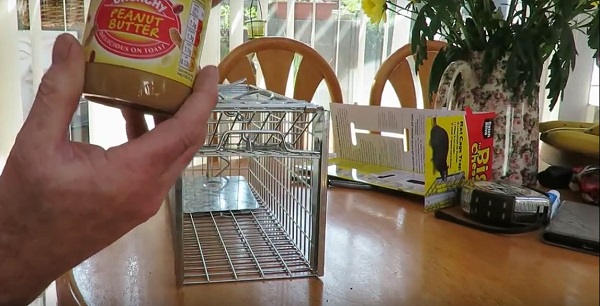Mice like most animals require certain necessities to live. They need adequate shelter that is safe to raise their
young, and an ample supply of food and water. If your home offers these amenities, the mice in the area are more than
happy to move in to your home right away. Sometimes they are looking for shelter from the elements, such as a home for
the winter. Other times they are looking for the perfect place to set up a nursery and raise their young. In urban areas
where the onslaught of civilization has destroyed their natural habitat, mice will move in to your home for lack of any other
suitable shelter and food. They are naturally agile, wily, and able to travel through your home undetected (almost).

You will most often see the signs of an infestation in form of droppings, chew marks, holes in food or feedbags, and scratching or
other noises coming from your walls or ceilings. It is almost too impossible to keep mice out of your house. Rodents can climb
trellis, trees, and vines, scale walls 6 ft high, squeeze through tiny cracks and crevices the size of a pencil, and chew through
your walls just to gain access to your home. Mice can even jump as high as 2 feet. They will traverse your roof to come in roof
vents, enter your basement by running along pipes in the walls. They will look for any little crack under your doors or windows to
enter your home or even chew through your foundation.
Mice are omnivorous (meaning they consume both plants and animals) but their food preference is grains, nuts, fruits and seeds. Despite
popular belief, mice prefer foods that are high in carbohydrates unlike the folktales that say prefer cheese. They would prefer peanut
butter, chocolate, or nuts& seeds to a hunk of cheese! Mice have teeth that never stop growing, so they must continuously chew on things
to keep them worn down. Mice will defecate 50 to 75 pellets a day and this offal will be scattered about in the areas the mice are
frequenting. All these characteristics and more make these small but troublesome houseguests highly undesirable.
So what do you do protect your home from these relentless intruders, so determined in their search for food, shelter and safety from predators?
Prevention is always preferable to solving the problem. Examine the exterior of your home often and look for signs of mouse traffic. Chew marks,
droppings, and greasy black streaks near holes or cracks that could be used as entrances might indicate mouse activity. Keep trees trimmed back
from your roofline, and eliminate debris piles near your home and keep your garbage in sealable bins. Keep feed covered, and do not leave unattended
pet food out. By following these simple tips, and remaining aware of what happens around your home, you can make your house an unattractive option
for mice and other invasive animals in your area. For more tips on avoiding and infestation, contact a local animal removal service.
Go back to the
How to get rid of mice in the attic home page. You might also want to read about
how to kill mice and why the use
of snap traps is better than
mouse poison. Read an analysis of the different types of traps and how to use them on the
how to trap mice page.
Learn why
bait is not as important as trap type, placement and location. Also read a full analysis of
mouse repellent to understand why it
never works. If you see droppings and want to identify them, read the
mouse poop page. If you need to hire professional help, read about
how much does mouse removal cost?
or you can read this site to learn how to do it yourself. Feel free to email me about What attracts mice?